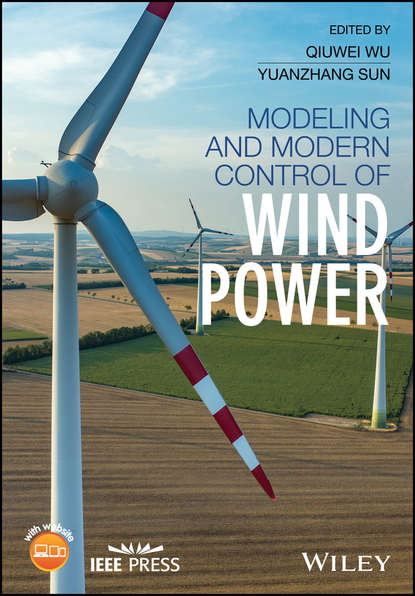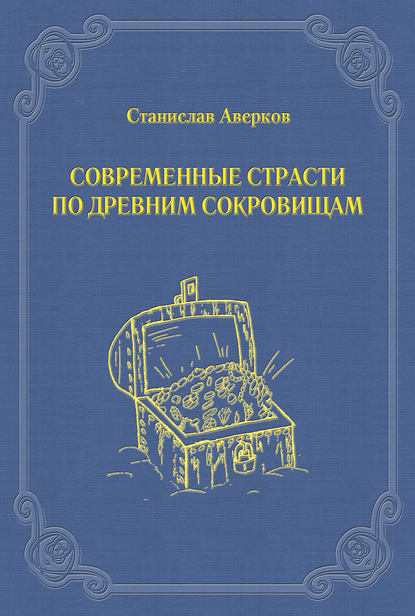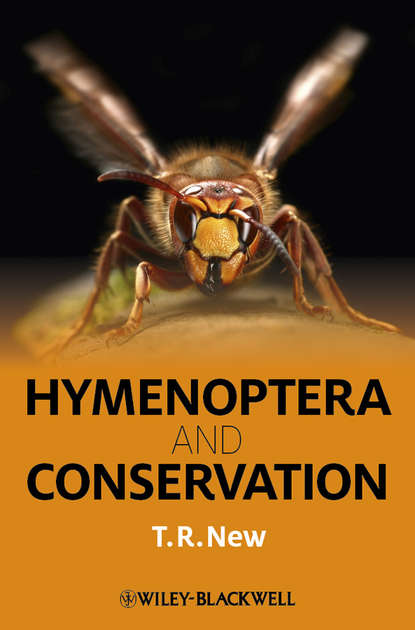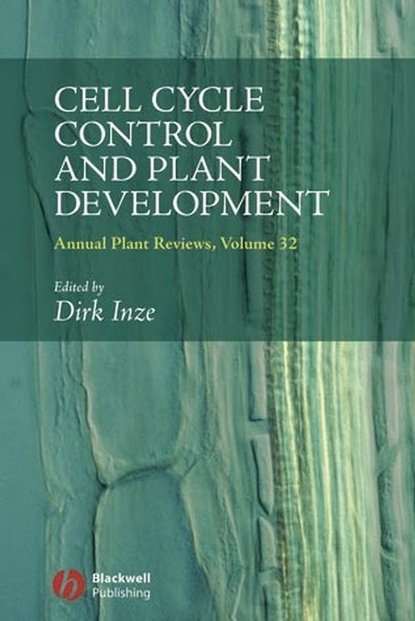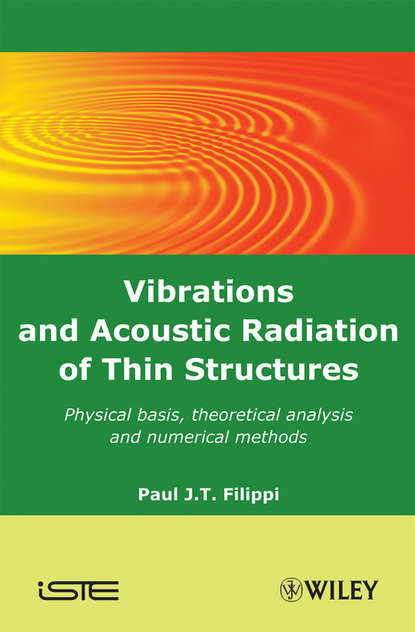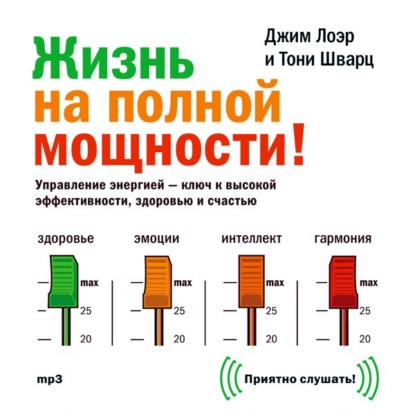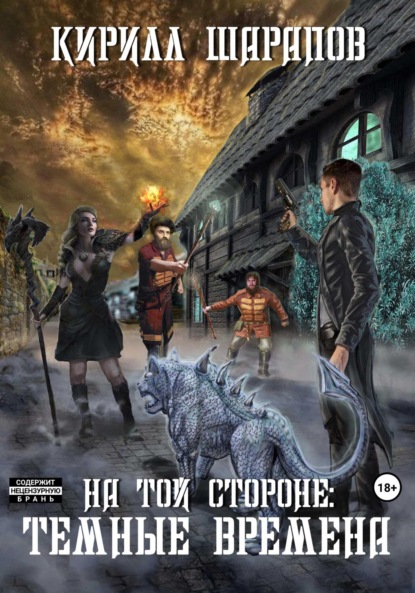Эта книга является важным справочным пособием по методам моделирования систем ветряных турбин для применения современных методов управления. В ней рассматриваются модели ветряных турбин типа 3 и 4. Аспекты моделирования помогут читателям упростить моделирование отдельных ветротурбин и ветропарков, а также снизить нагрузку при моделировании энергосистем для исследования влияния ветроэнергетики. Использование современных методов управления поможет развитию технологий, особенно с точки зрения производителей.
Книга включает главы, посвященные: обзору развития ветроэнергетики, требованиям сетевых кодексов для интеграции ветроэнергетики; моделированию и управлению генератором с двойным питанием; оптимальным стратегиям управления для снижения нагрузки в полномасштабных преобразователях; кластеризации для линеаризации моделей ветротурбин; адаптивному управлению ветротурбинами для отслеживания максимальной мощности; распределенному модельно-предиктивному управлению активной мощностью ветропарков и систем накопления энергии; модельно-предиктивному управлению напряжением ветропарков; управлению кластерами ветропарков; повышению живучести ВСП постоянного тока, подключенных к морским ветропаркам.
Книга также содержит таблицы, иллюстрации, примеры и приложение с типовыми тестовыми системами и кодом адаптивного и распределенного модельно-предиктивного управления.
Электронная Книга «Modeling and Modern Control of Wind Power» написана автором Qiuwei Wu в году.
Минимальный возраст читателя: 0
Язык: Английский
ISBN: 9781119236405
Описание книги от Qiuwei Wu
An essential reference to the modeling techniques of wind turbine systems for the application of advanced control methods This book covers the modeling of wind power and application of modern control methods to the wind power control—specifically the models of type 3 and type 4 wind turbines. The modeling aspects will help readers to streamline the wind turbine and wind power plant modeling, and reduce the burden of power system simulations to investigate the impact of wind power on power systems. The use of modern control methods will help technology development, especially from the perspective of manufactures. Chapter coverage includes: status of wind power development, grid code requirements for wind power integration; modeling and control of doubly fed induction generator (DFIG) wind turbine generator (WTG); optimal control strategy for load reduction of full scale converter (FSC) WTG; clustering based WTG model linearization; adaptive control of wind turbines for maximum power point tracking (MPPT); distributed model predictive active power control of wind power plants and energy storage systems; model predictive voltage control of wind power plants; control of wind power plant clusters; and fault ride-through capability enhancement of VSC HVDC connected offshore wind power plants. Modeling and Modern Control of Wind Power also features tables, illustrations, case studies, and an appendix showing a selection of typical test systems and the code of adaptive and distributed model predictive control. Analyzes the developments in control methods for wind turbines (focusing on type 3 and type 4 wind turbines) Provides an overview of the latest changes in grid code requirements for wind power integration Reviews the operation characteristics of the FSC and DFIG WTG Presents production efficiency improvement of WTG under uncertainties and disturbances with adaptive control Deals with model predictive active and reactive power control of wind power plants Describes enhanced control of VSC HVDC connected offshore wind power plants Modeling and Modern Control of Wind Power is ideal for PhD students and researchers studying the field, but is also highly beneficial to engineers and transmission system operators (TSOs), wind turbine manufacturers, and consulting companies.
